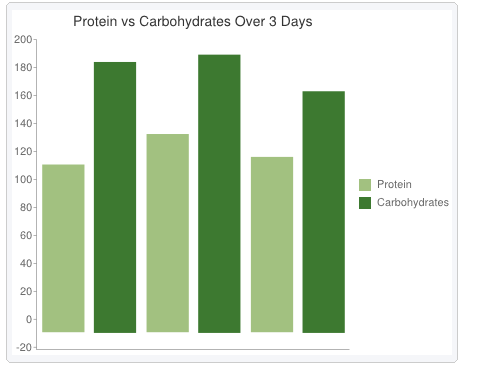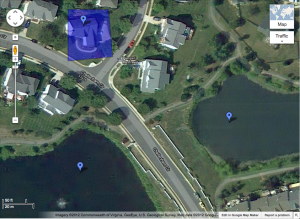I’ve always seen PowerPoints as a beneficial piece of visual representation for speeches and presentations; however, in some cases PowerPoints can be very stressful on the eyes and cause problems for the viewers because of the complication of the powerpoint. This often happens when the presenter tries to add too much on one slide. Back in high school I learned the technique of TMI… TMI is “too much information.” I use this to dictate when I have too much information on my slides.
I base this on 3 factors:
- Can the slide be easily understood? The slide does not have way too much text so that the font is small or the text isn’t jumbled in a weird format.
- Are the photos/symbols easily seen and understood? The photos aren’t too small, but they aren’t too big overlapping texts or other photos.
- Are the colors complimenting? This is actually really important because certain colors put stress on the viewer’s eyes such as lighter colors like a light blue.
These 3 factors have always been beneficial to me for determining what a powerpoint should have and shouldn’t have. In the article “PowerPoint is Evil” by Tufte, the author gives examples of good and bad slides in powerpoint and how the main success of your powerpoint falls on its quality. It does not bore the viewer, but it does not do any harm to the viewer such as irrelevant information or photos.
The “Many Eyes” website offers a good program to build a visual representation of information. This website offers different options for visualizations allowing the user to build a strong presentation.
The PowerPoint on the Gettysburg address was interesting… however, I believe its something that just can’t be represented through this visualization because it creates confusion in the viewer if they have no idea whats being discussed.



Recent Comments